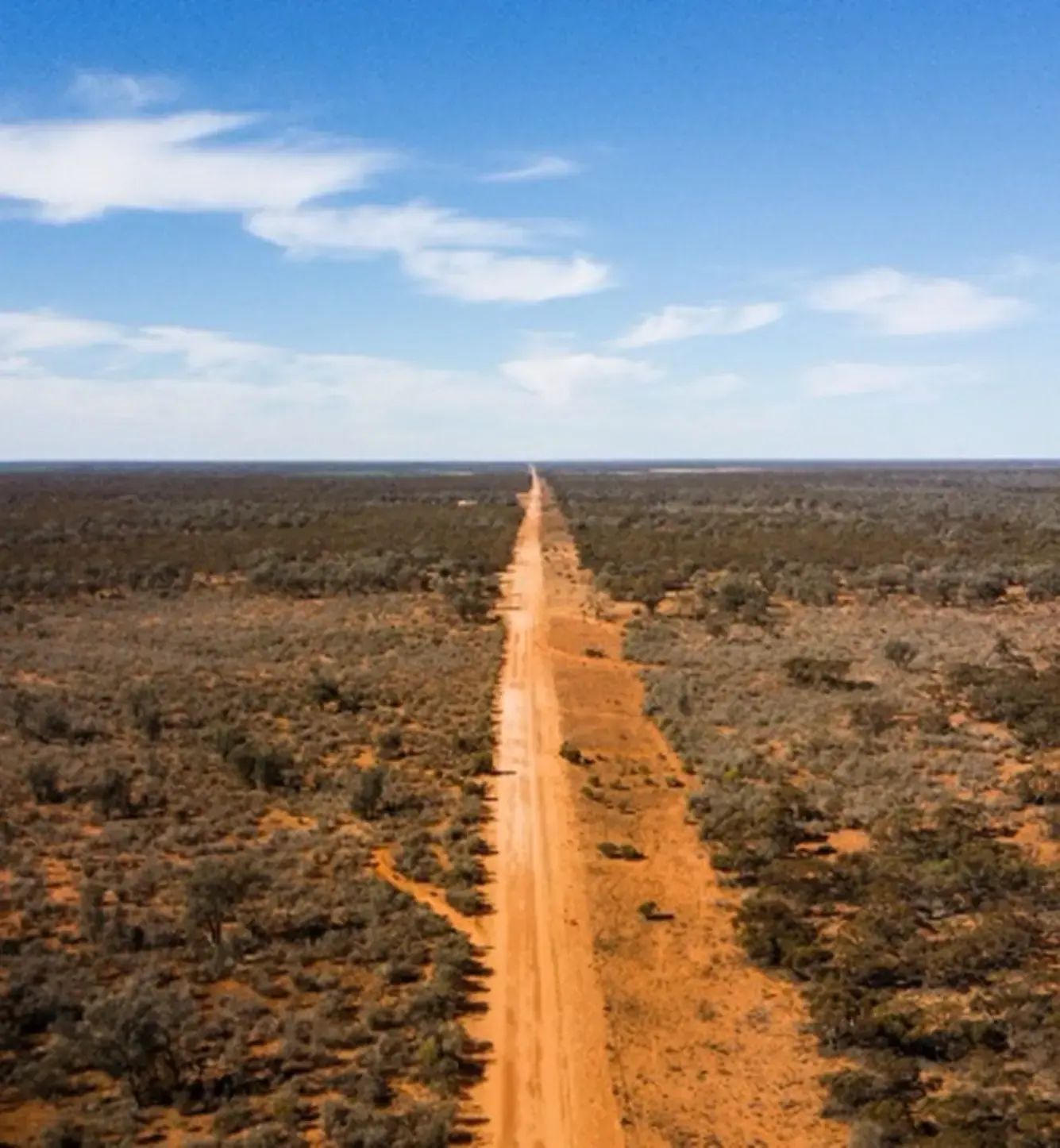
Having lived in the Australian “Outback” for a lot of my life, I’ve used the Outback as a setting for much of each of my Outback Adventures novels. In the case of these stories, mostly in the “Red Centre” in very middle of the country - as far ‘outback’ as one can get. The scarcely vegetated region surrounding the town of Alice Springs and the famous monolith of Uluru (Ayers Rock).
But what exactly is the “Outback”?
OFTEN JUST A CONCEPT
Quintessentially Australian, ‘Outback’ is more a concept in the mind of Australians rather than a specific area. A place long embodied in the mythology and spirit of Australia and much more than a symbol or romantic notion.
Its’s the great, sparsely populated heartland beyond the country’s coast-hugging cities. Generally considered to start around 200-300 kilometres inland from the coast, it incorporates more than 70% of the continent (some 5.5 million sq. kilometres) – ten times the size of France.
WHERE THE NAME CAME FROM
The word’s derivation is contested. Some say it comes from the phrase "out back," referring to the back yard of a house. Others say its origins come from the expressions the “Back of Beyond” and “the back of Bourke”, the inland town some 600 kilometres from the east coast.
Either way, it’s a concept which evolved to describe the vast, sparsely populated interior regions of the continent, particularly the arid and remote areas. The people and land of the Outback embody much that is distinctive and characteristic of Australia.
WHAT’S IT LIKE?
Markedly different from the more settled parts of Australia, its vast area holds less than 5% of the nation’s population, a density less than 1 person per 10 km2. Kalgoorlie, Broken Hill, Mt. Isa and Alice Springs are the only towns with a population exceeding 17.000 people.
It is an area of extremes. From great swathes of harsh, arid, inhospitable land to patches lush and bountiful.
In places, vast sheep, cattle and other agricultural pursuits stretch for thousands of kilometres. In others, ochre-coloured soils command much of the vast landscape, broken by elongated ranges, gibber (stony) deserts and normally dry salt pans.
Because of its arid nature, many envisage it as a lifeless desert but everywhere there is life. Places of exquisite beauty and wildness and some of the world’s most diverse and unusual plants and animals. There are areas of open eucalypt woodlands while the vast arid and semi-arid areas mainly feature Spinifex grass clumps and low scrublands of Mulga, Bloodwood, Corkwood and Desert oak trees. Normally dry, sandy bedded rivers flanked by shady river gums snake through mainly ochre-coloured soils.
Apart from Red Kangaroos the dog-like dingos and the flightless emu bird, the region’s fauna is small – from eagles to the smallest of birds, various forms of lizard, snakes, native rats and an abundance of insects. To escape the heat, most are nocturnal, in burrows by day and active at night. Ferral camels, goats, donkeys and cats are a major problem in some areas.
FROM DROUGHTS TO MASSIVE FLOODS
The Outback has a low, highly erratic rainfall but periodic, heavy rains create a ‘boom–bust’ environment to which many plant and animal species have adapted.
In the 1970s a seven-year drought created vast red dust clouds, their remnants tinging the mountain snows of New Zealand pink – over 2,00 kms away. Sudden rains flood vast areas, sometimes larger than Spain, drowning hundreds of thousands of cattle, sheep and native animals.
BUT ALL VERY SPECTACULAR
The majority of Australians and millions of overseas visitors have been to, or plan to visit this diverse and spectacular part of the world. From Kakadu to Uluru, the central deserts, the Kimberley region, the Lake Eyre Basin and the Nullarbor Plain.
But more importantly. Make sure you visit and explore the spectacle of the Outback first hand.
To get a taste of the Outback, make sure you read the Outback Adventure series of books.
How would you describe the Outback? COMMENT
LINKS
https://traveloutbackaustralia.com/where-is-the-outback.html/
https://www.worldatlas.com/articles/what-animals-live-in-the-australian-outback.html